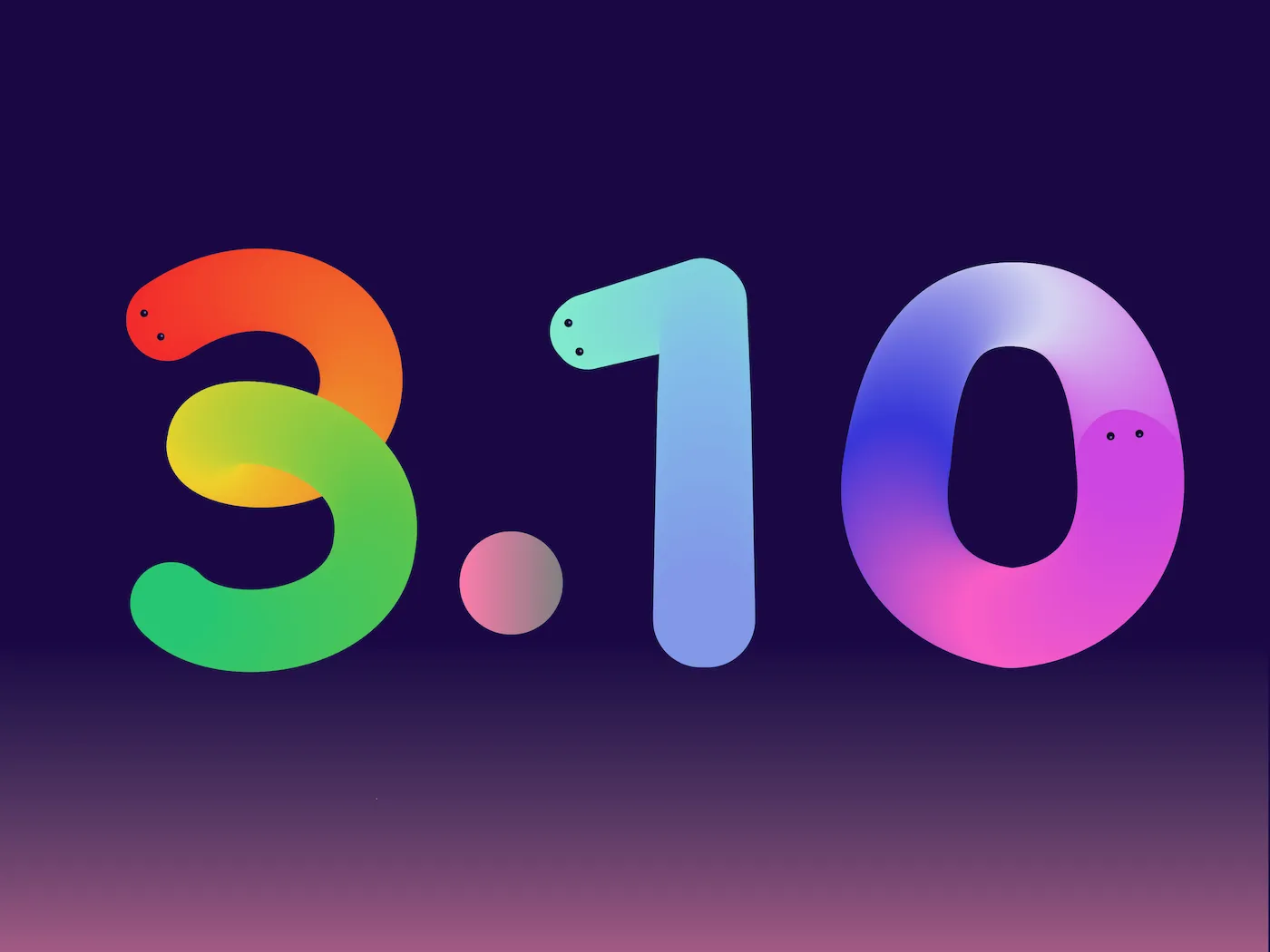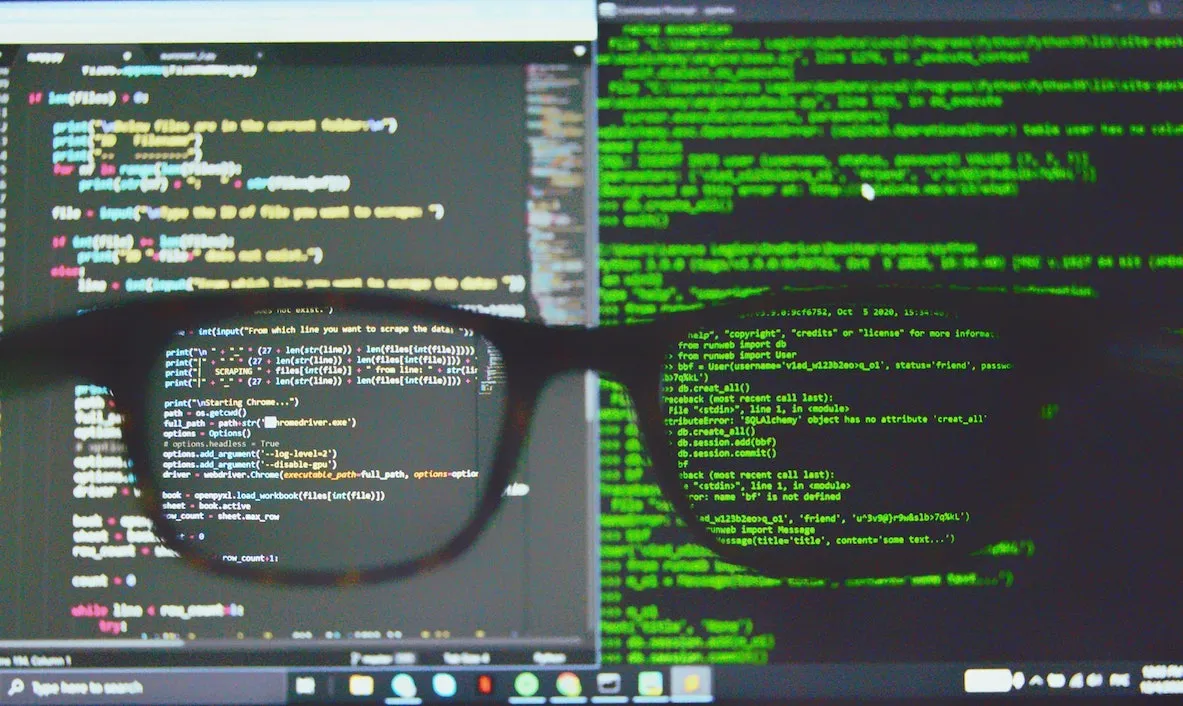The datetime library allows us to store easily dates and times in our programs. It provides three main classes:
- date, for storing only dates
- time, for storing only the time of the day
- datetime, for storing both date and time
In the following sections, we will see how to use these three classes.
Creating a new variable
Class Constructors
Each class has its own constructor. For the dateclass, it is
d = date(year, month, day)
Each value should be an integer, and the year can be any number between 1 and 9999.
For the timeclass, you can specify hours, minutes, seconds, microseconds:
t = time(hour, minute, second, microsecond)
Each variable must be in the following range:
- 0 ≤ hour < 24
- 0 ≤ minute < 60
- 0 ≤ second < 60
- 0 ≤ microsecond < 1000000
Finally, the constructor for datetimecontains fields for both date and time:
dt = datetime(year, month, day, hour, minute, second, microsecond)
Create from a String
datetimeobjects can also be created starting from a String, by using the following method (this is not available for time or date):
dt = datetime.strptime(date_string, format)
The format variable is a string that describes the format used by the date_string . For example:
dt = datetime.strptime("12:30 15/06/2021", "%H:%M %d/%m/%Y")
There are many symbols that can be used to specify the format of the string. The most important are:
%dfor the zero-padded day of the month (01, 02, …, 31). You may also use%-dinstead to avoid the leading zero (1, 2, …, 31)%Bfor the full name of the month (January, February, …)%mfor the zero-padded number of the month (01, 02, …, 12). There is also%-mto avoid using the leading zero (1, 2, …, 12)%Yfor the year (1999, 2021, …)%Hfor the hour of the day (24-hour) zero-padded (00, 01, …, 23) or%-Hfor removing the leading zero (0, 1,…, 23)%Ifor the hour of the day on a 12-hour clock, zero-padded (01, 02, …, 12) or%-Ifor removing the leading zero (1, 2, …, 12). You should then use%pto indicate AM or PM%Mfor the minutes, zero-padded (00, 01, …,59) or%-Mfor removing the leading zero (0, 1,…, 59)%Sfor the seconds, zero-padded (00, 01, …, 59) or%-Sfor removing the leading zero (0, 1,…, 59)%ffor the microseconds, zero-padded(000000, 000001, …, 999999)
To see a full list, check here.
Modifying an object
It is possible to modify a single field of an object by using the replace method. This function will return a new object of the same type, where all the values are the same except for the specified ones. It can be used by all classes.
d = date(2021, 7, 20)
# d represents 20/7/2021
newDate = d.replace(day = 30)
# Now newDate represents 30/7/2021
Getting values from objects
The values of the day, month, year (for date ), and of hours, minutes, seconds, microseconds (for time ) can be accessed as read-only fields. The datetime objects have all the previously mentioned fields.
dt = datetime(2021, 7, 21, 14, 30, 0, 0)
hour = dt.hour # Get the hour stored in dt
day = dt.day # Get the day stored in dt
# etc
Get the data as a String
We can also get the value stored in a date , time or datetime object as a string by using their method strftime . You only need to pass the format which should be used to create the string, such as:
dt = datetime(2021, 7, 21, 14, 30, 0, 0)
print(dt.strftime("%H:%M %d/%m/%Y"))
# Will output: 14:30 21/07/2021
To check which symbols can be used in the format string, see here.
Get the day of the week
The function weekday() can be used with date or datetime objects to get the day of the week as an integer: Monday is 0, Sunday is 6.
d = date(2021, 7, 28)
week_day = d.weekday() # This will be 2 (Wednesday)
Arithmetic operations
With the Datetime library, it is also possible to perform arithmetic operations over dates and times. In order to do so there is another class, timedelta , that is used to store the time elapsed between two other dates (or times) in microseconds. The constructor is:
timedelta(_days=0_, _seconds=0_, _microseconds=0_, _milliseconds=0_, _minutes=0_, _hours=0_, _weeks=0_)
To get the total time stored in a timedeltaobject in seconds, you can use the timedelta.total_second() method.
elapsed = timedelta(hours = 1)
print(elapsed.total_seconds()) # This will print 3600
This class can be used to increase or reduce the value stored in a time(or date) object. In the following examples, we will see how to perform operations with datetime objects, but the same can be achieved with date or time .
We can:
- Subtract two
datetimebetween them to get atimedeltaobject - Add a
timedeltato adatetimeto get a newdatetime - Subtract a
timedeltafrom adatetimeto get a newdatetime
Other useful methods
There are many other methods that can be useful when dealing with dates. First of all, there is a built-in method to get the current date and time:
date.today()returns adateobject with today’s datedatetime.now()returns an object with the current date and time
Converting objects
We can also convert a datetime to a date object or a time object by using the methods datetime.date() and datetime.time() .
dt = datetime(2021, 7, 21, 14, 30, 0, 0)
d = dt.date() # A date object representing 21/7/2021
t = dt.time() # A time object representing 14:30:00
Conclusion
Thank you for reading through to the end! I hope this article has helped you understanding how to use the datetime library. If you need more information, you can check the documentation for this library.

